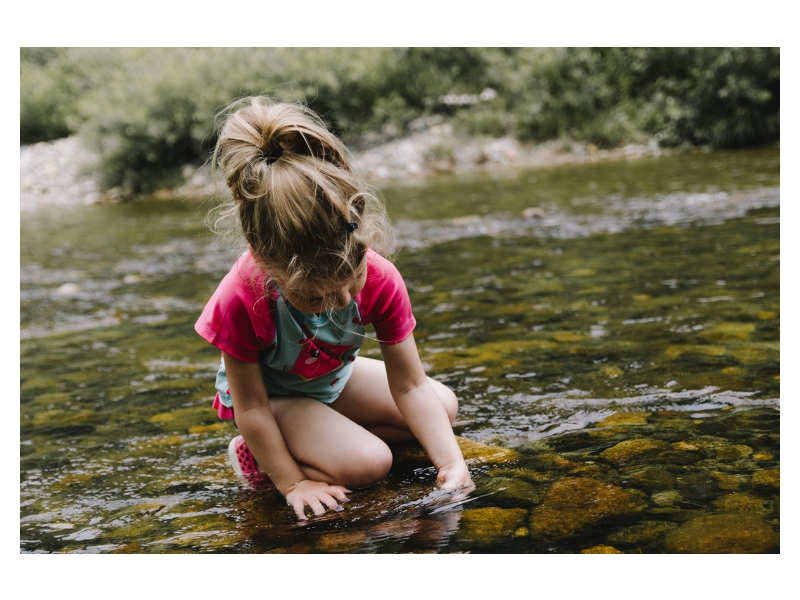ECEBC Early Child Educator (Summer 2017) “Keeping Children Safe Means Letting Them Take Risks”
Photo Credit: Unsplash User Kelly Sikkema
Dr. Mariana Brussoni is an associate professor at the University of British Columbia and an investigator with BC Children’s Hospital Research Institute and the BC Injury Research and Prevention Unit. She investigates child-injury prevention, including the developmental importance of children’s risky play.
Dr. Brussoni says, “Not long ago, the sound of children playing outside was a regular fixture on most residential streets”, but there has been a cultural shift so that has led to a norm of over-protection where risk is considered synonymous with danger.
Dr. Brussoni has spent several years reviewing child-injury statistics and researching injury prevention, from which she has reached the conclusion that we are putting excessive limitations on children’s play, despite the fact that serious injuries are rare; “recent research showed that children would have to play outside for three hours per day for approximately 10 years before they were likely to have one medically treated (and likely minor) injury”.
She notes that, “Risky play helps them learn about the world and how it works, learn about themselves and what their limits are, and learn how to keep themselves safe….This is because children learn risk-management skills through exploring risk in play that they can apply to other situations. If they have an adult doing all the risk management for them, they will not learn how to do this for themselves.”
In an effort to reduce liability, she says that public play spaces for children “are increasingly uniform, standardized, and boring. Access to nature and natural materials has been reduced, while fixed plastic and metal play equipment that meet safety standards but have limited play value have become ubiquitous”, and “research suggests that when equipment becomes too boring, children use it in unsafe ways to maintain challenge”.
She references Canada’s Position Statement on Active Outdoor Play (Tremblay et al, 2015), and the risk-benefit assessment process developed by the Play Safety Forum in the UK (Ball, Gill & Spiegal, 2012), which recommend inclusion of nature and natural materials in children’s play spaces.
Dr. Brussoni’s team have developed an online tool https://outsideplay.ca/ which takes users through a series of tasks to help them reflect on their attitudes and fears and apply the ideas to develop a personalized plan for making changes to their approach. The ParticipACTION 2016 survey found that just 37% of children play outside every day, and only 7% of kids under 10 are allowed to go out on their own. The OUTSIDEPLAY.ca tool “guides users through a journey that is split into 3 different chapters - each with its unique interactivity”. Each of the chapters can be done separately. The application is designed to give parents “some tools to help you decide and develop a personalized plan to help you make changes”.
